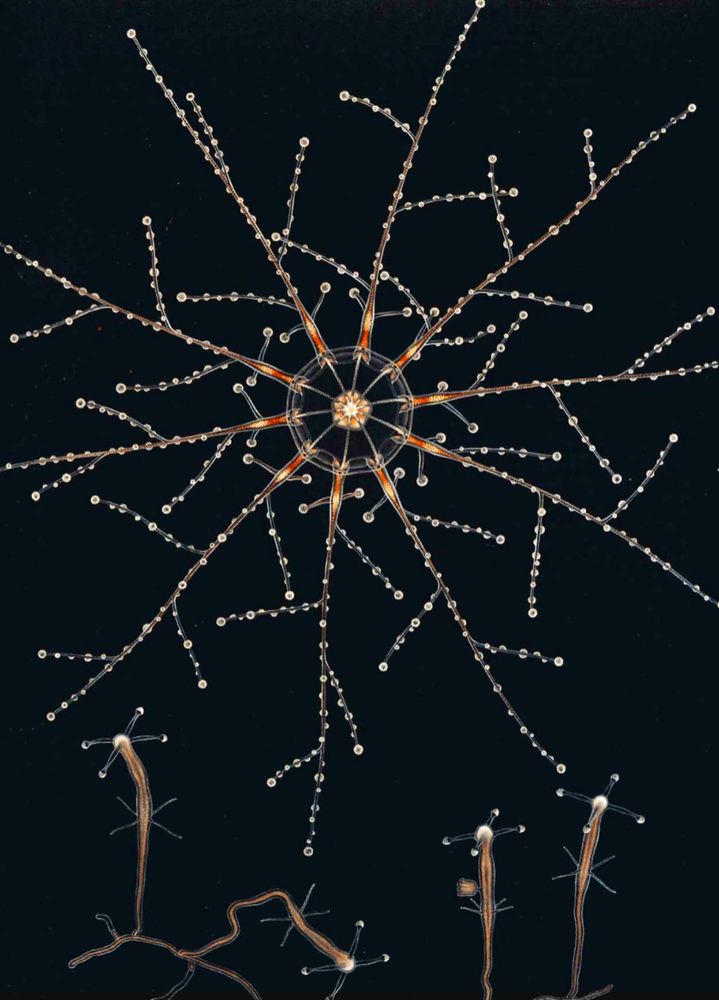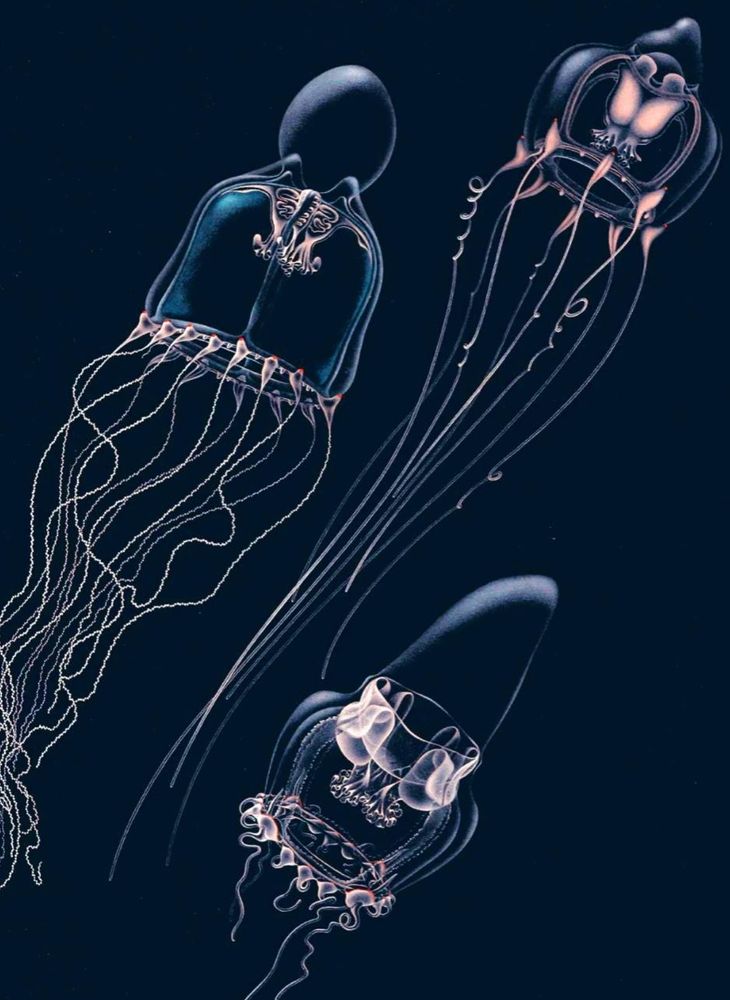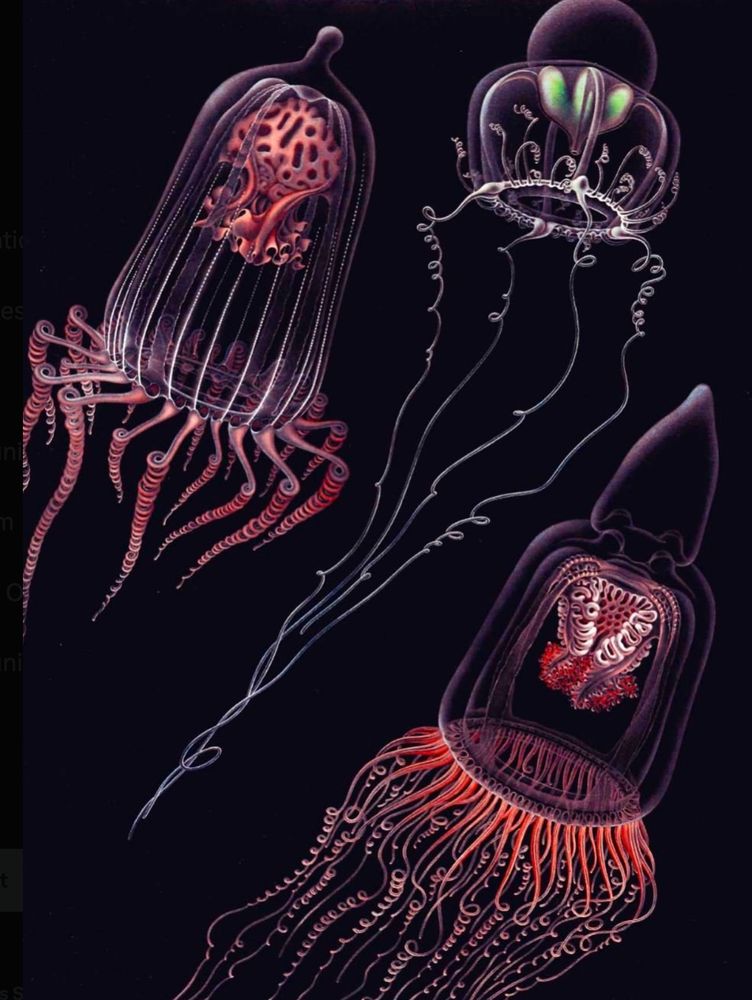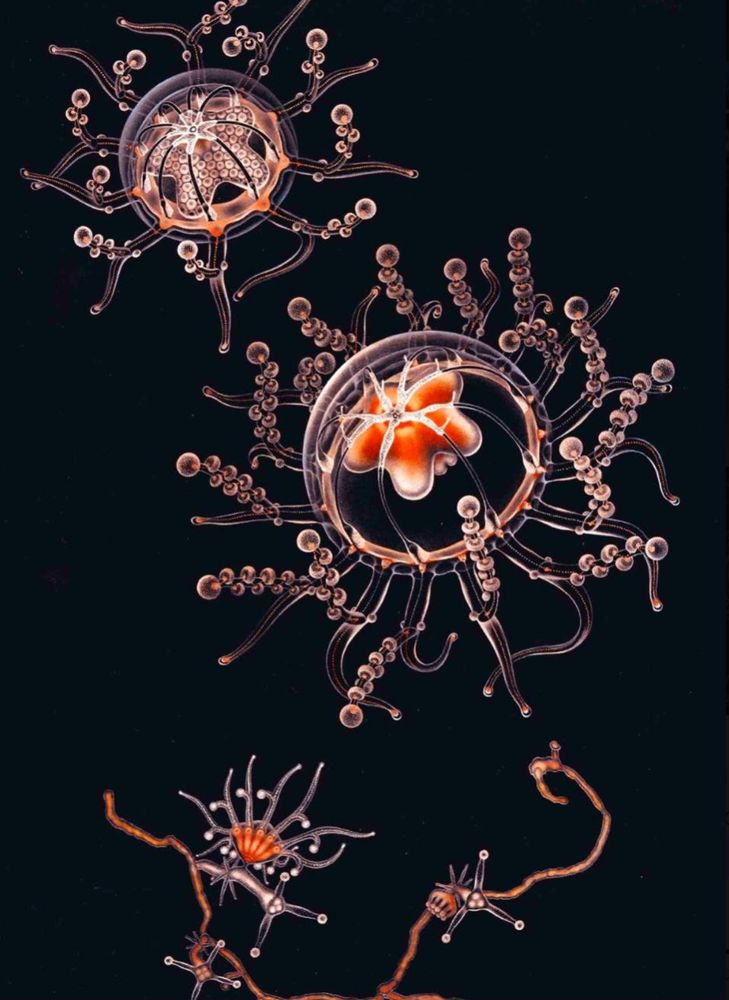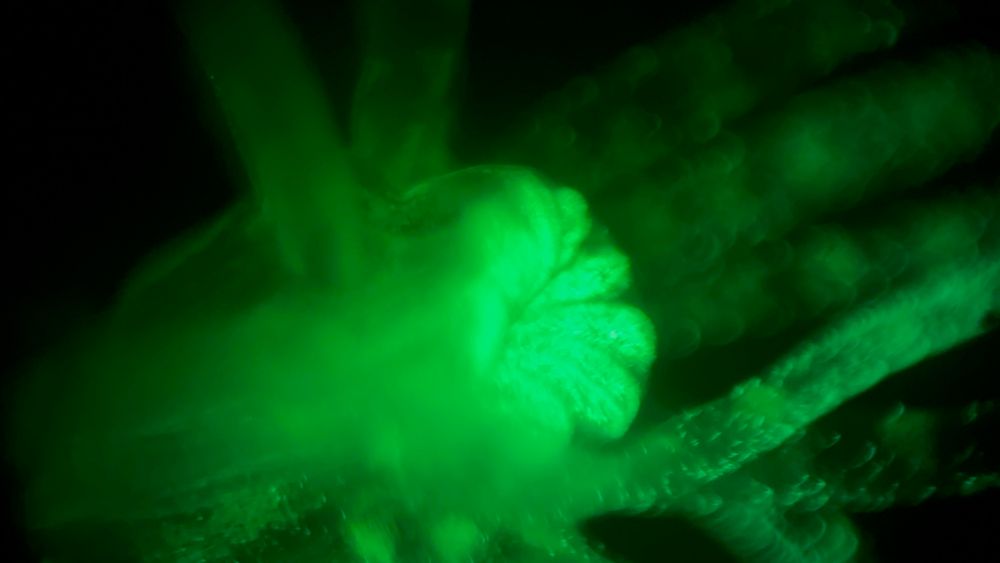Marina Stoilova
@stoilovamarina.bsky.social
2.4K followers
880 following
58 posts
🪼 Cnerdarian studying evolution and development in all things squishy and stingy | Cartwright Lab PhD Candidate & Self Graduate Fellow @ KU | Scientific SCUBA Diver | UCSB CCS Alum | she/her
Posts
Media
Videos
Starter Packs
Pinned
Reposted by Marina Stoilova
Reposted by Marina Stoilova
Reposted by Marina Stoilova
Reposted by Marina Stoilova
Reposted by Marina Stoilova
Carl T. Bergstrom
@carlbergstrom.com
· Aug 19
Reposted by Marina Stoilova
Reposted by Marina Stoilova
Reposted by Marina Stoilova
Reposted by Marina Stoilova
Reposted by Marina Stoilova
Reposted by Marina Stoilova
Reposted by Marina Stoilova
Reposted by Marina Stoilova










